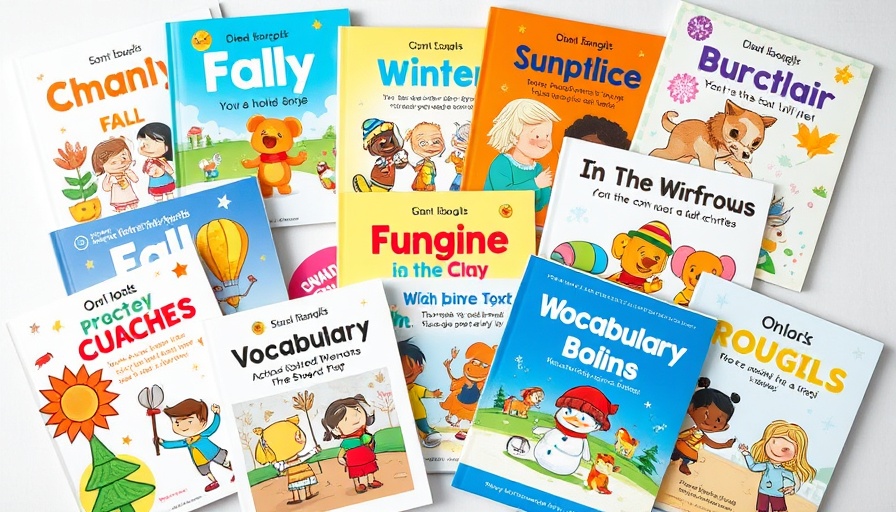
Discover the Power of Practical Measurement Skills
Measuring ingredients is far more than just a kitchen task; it’s a valuable life skill that students of all abilities can benefit from. The Life Skills Math Task Box idea focuses on hands-on experiences that not only teach mathematical concepts but also encourage independence in daily living. This interactive method allows students to learn measurement, not just in theory, but in practice, boosting both their confidence and competency in the kitchen.
Creating a Dynamic Learning Environment
Predictably, traditional worksheets can be monotonous and may disengage students who thrive on hands-on activities. By incorporating tools like measuring cups and spoons, students can touch, feel, and see the math they are learning. It’s crucial to keep the engagement high, and using varied tools—from spoons to muffin tins—helps in maintaining interest. For educators, the blend of tactile learning with concepts like addition of fractions through cumulative measuring makes lessons more impactful.
Adjusting Difficulty to Meet Student Needs
Every classroom is filled with diverse learners. The beauty of the task box idea is that it can be tailored to accommodate individual learning levels. For beginners, start with whole cup measurements, and as students progress, gradually introduce more complex fractions. This incremental approach ensures learners build a solid foundation without feeling overwhelmed, while also providing opportunities for mastery at each level.
Utilizing Everyday Items for Effective Learning
Gathering materials for measurement learning doesn’t require a significant investment. Teachers can repurpose common items such as deli containers or ziplock bags for students to practice measuring dry ingredients. The idea of using household items fosters creativity among learners and shows that they can apply math skills in real-world scenarios—even in cooking!
Invitation to Take Action
The importance of practical math application in life skills education cannot be overstated. It's not just about numbers but about preparing students for real-life independence and success. Those looking to simplify their lesson planning or to further engage students in their learning might consider implementing the Life Skills Math Task Box approach. It could transform the mundane into the memorable, ensuring that students not only learn but also enjoy the journey of mastering vital life skills through measurement.
Let’s embark on a practical journey of discovery and independence in the classroom. For resources on how to set up this engaging task box and more insights into hands-on educational strategies, be sure to explore the free materials available and consider your next steps toward proactive, life-ready teaching frameworks.
 Add Row
Add Row  Add
Add 




Write A Comment